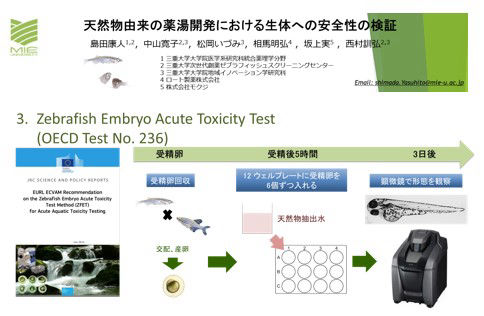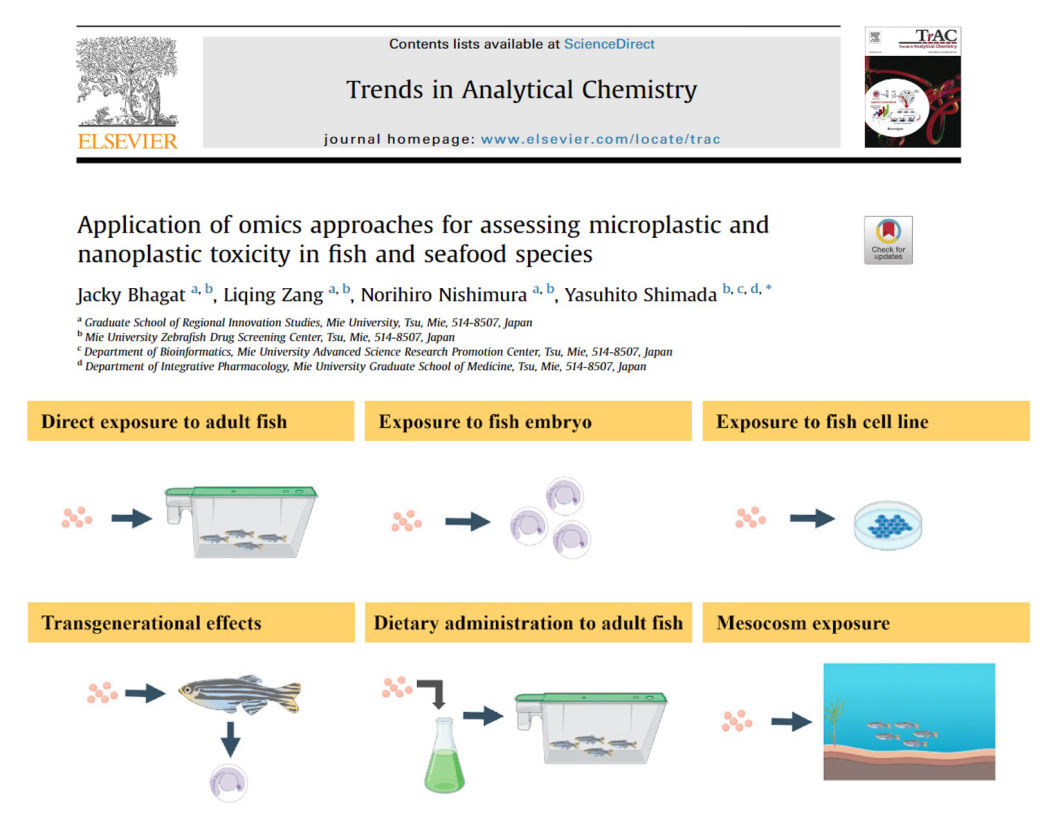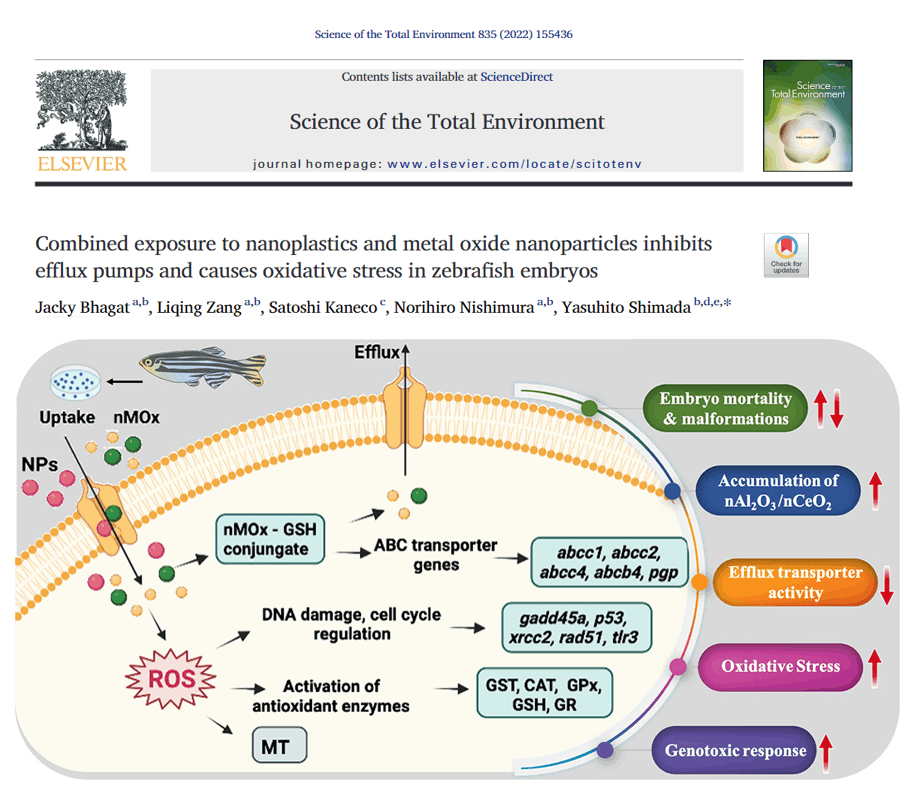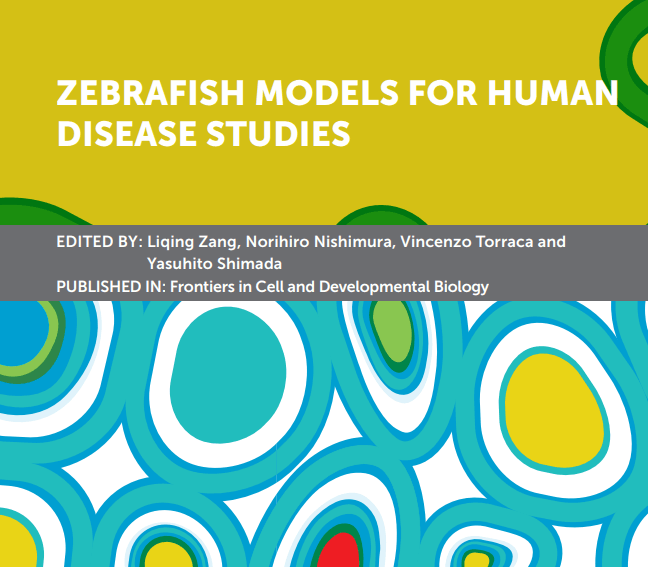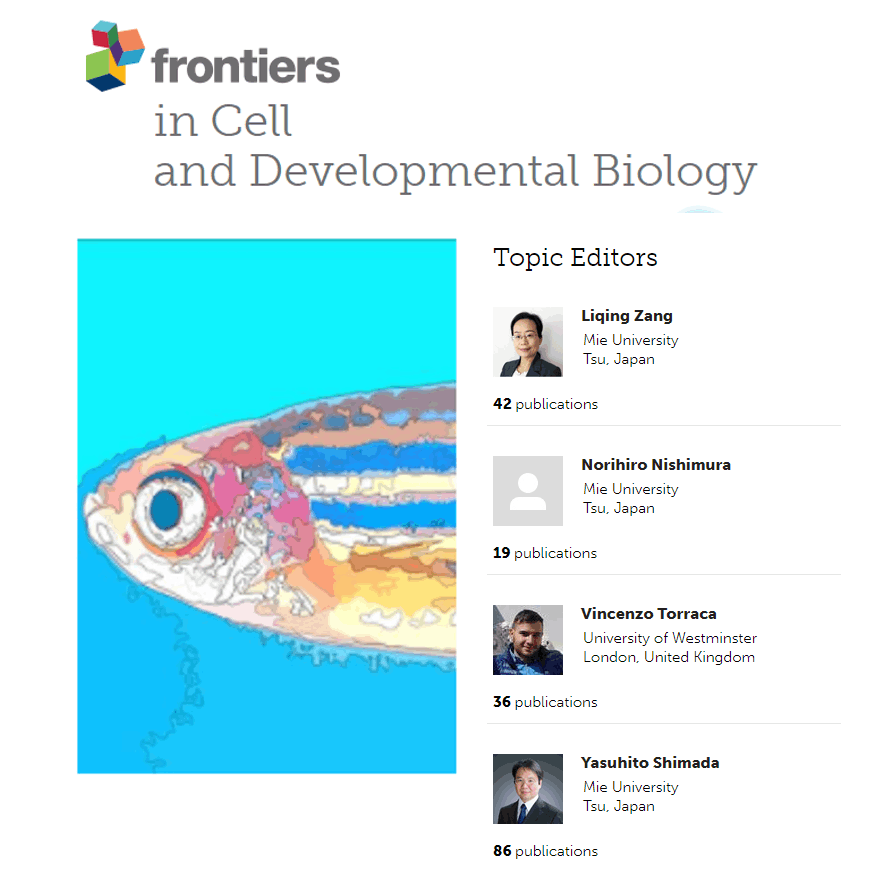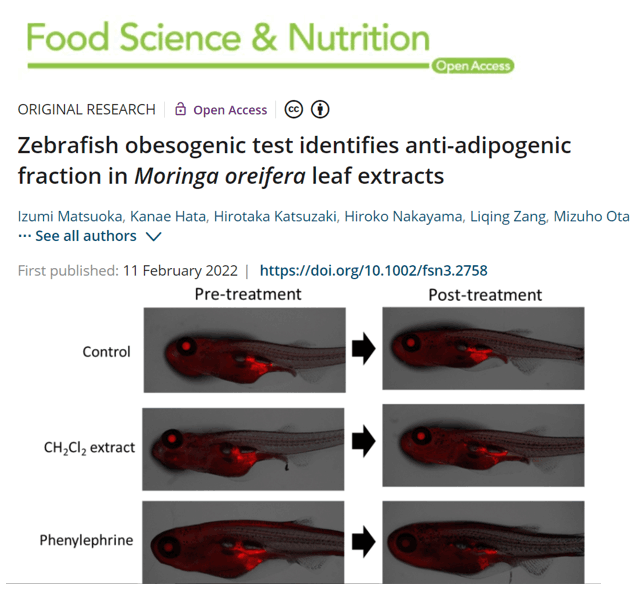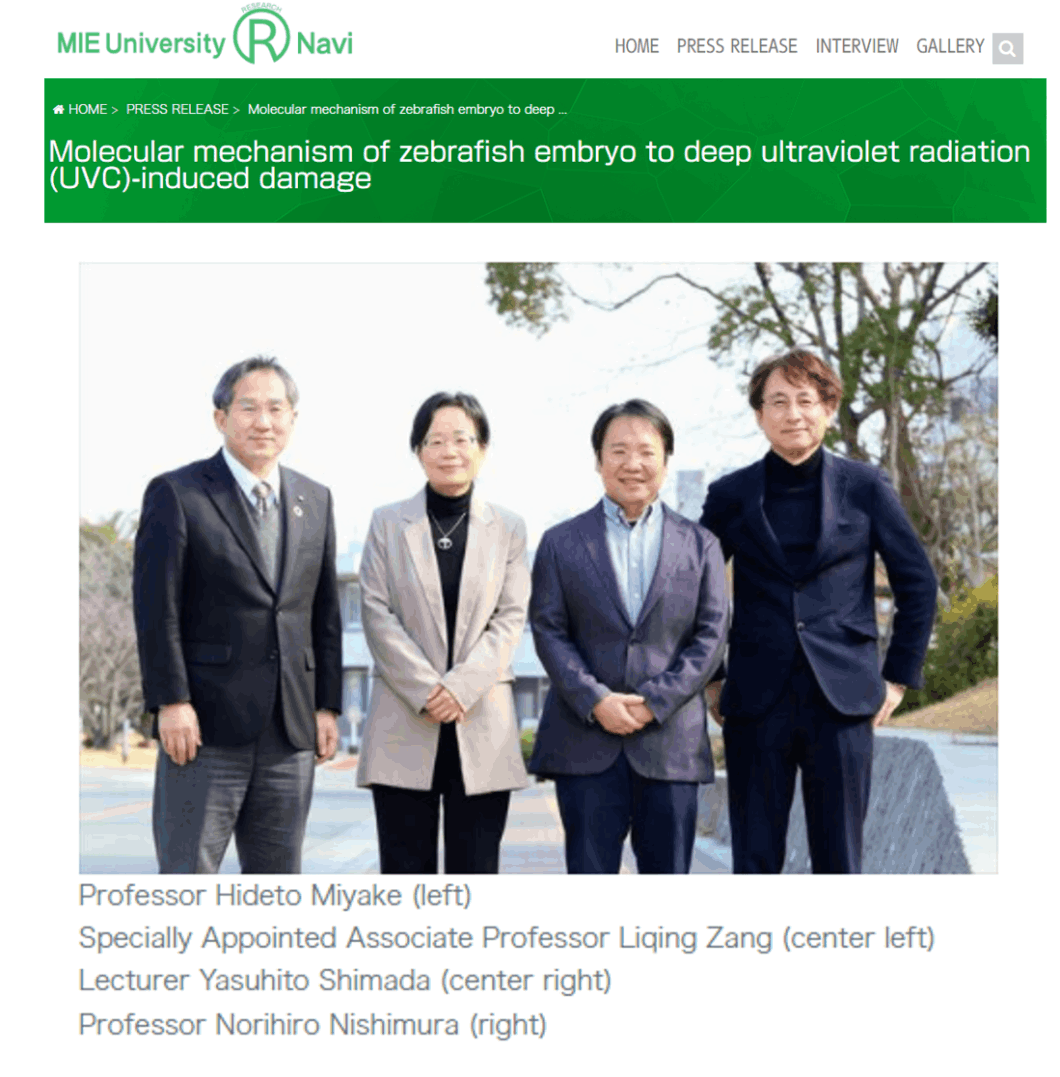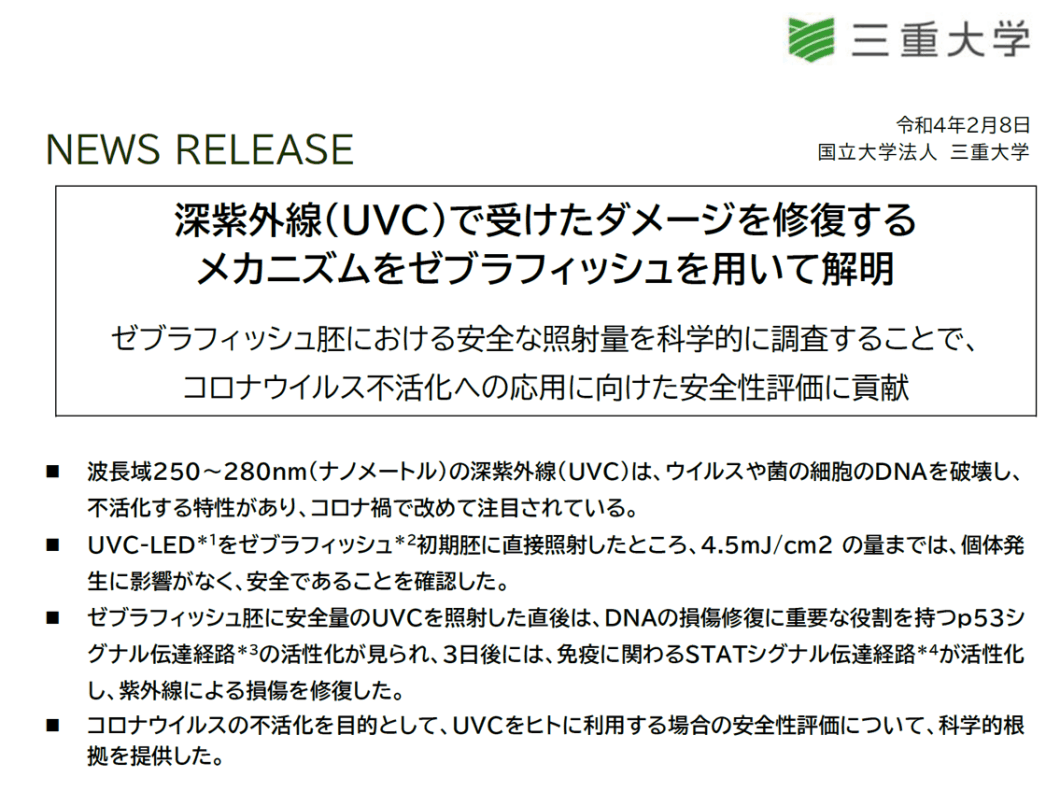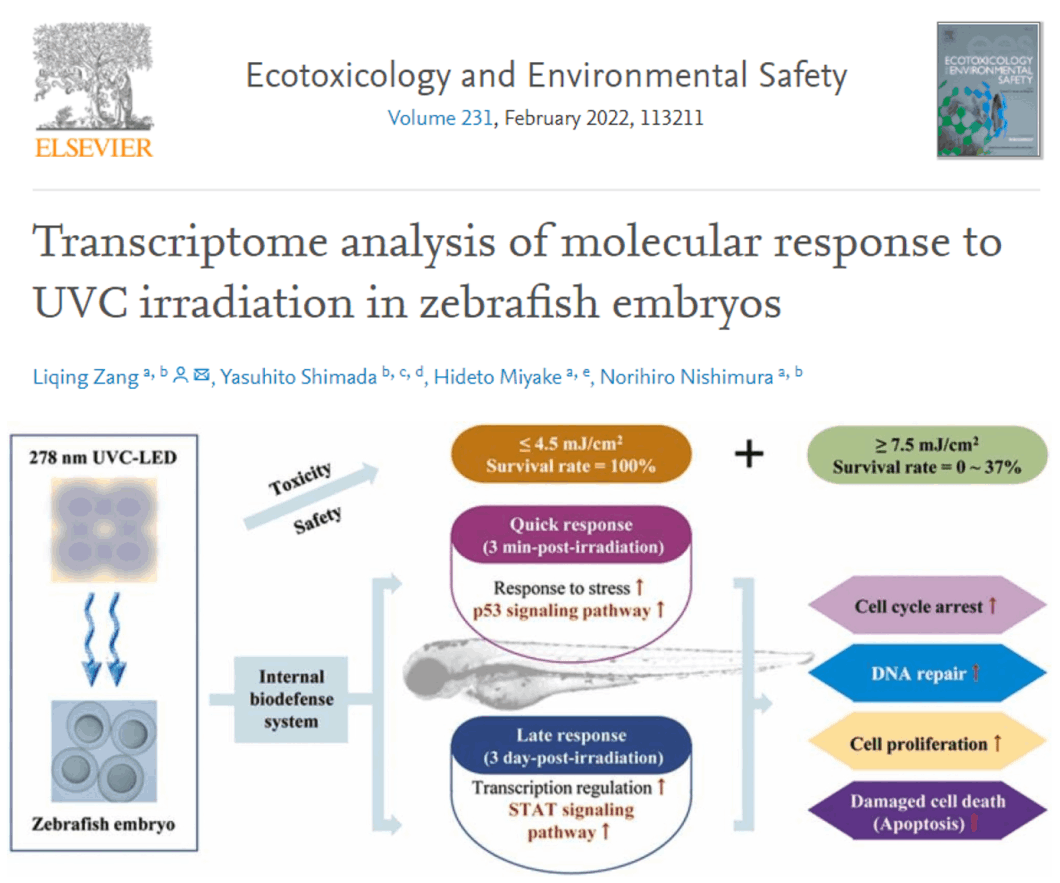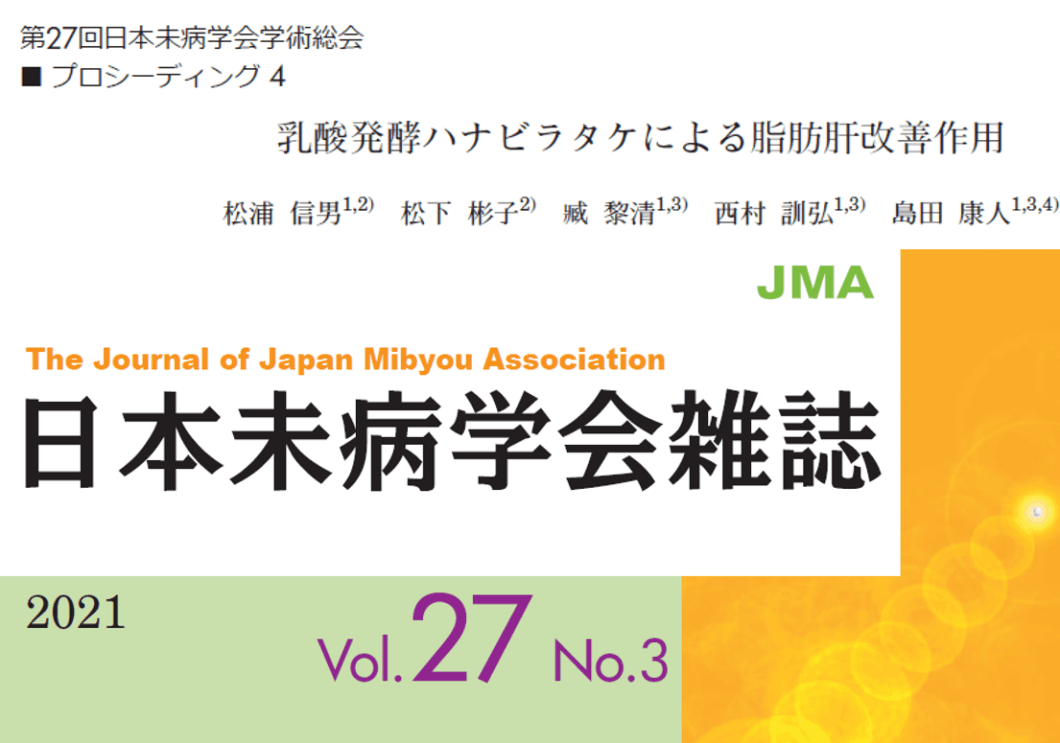2022/12/7
Published "Zebrafish Models for Skeletal Muscle Senescence: Lessons from Cell Cultures and Rodents Models"
We have published a review article on the possibility of using zebrafish as a model for sarcopenia in a Special Issue "Zebrafish -based Drug Discovery" of Molecules.
In cell cultures and rodents, several models have been reported that reflect the skeletal muscle aging phenotype or parts of it, including the accelerated aging models. Although there are fewer models of skeletal muscle aging in zebrafish than in mice, various models have been reported in recent years with the development of CRISPR/Cas9 technology, and further advancements in the field using zebrafish models are expected in the future.

